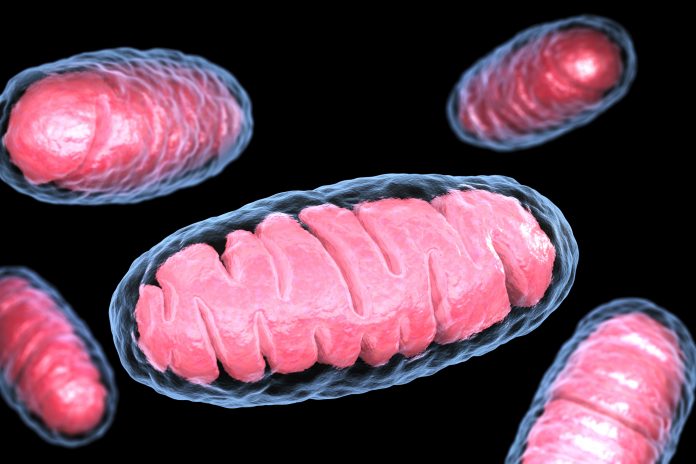
A gene signature based on mitochondrial DNA, and linked to cancer outcomes, has been uncovered by a team led by researchers at The Wistar Institute. The signature measures levels of the mitochondrial structural protein, Mic60, also called mitofilin or inner membrane mitochondrial protein (IMMT).
The mitochondria are a key energy-producing component of the human cell that plays an important role in cancer cell metabolism. Pancreatic cancer is one of the hardest to treat malignancies. Since early diagnosis is key to outcomes, many efforts, including using artificial intelligence and advanced imaging, are underway to improve detection and monitoring of this disease.
A new research paper published in PLOS ONE distinguishes a specific gene signature that indicates mitochondrial reprogramming in tumors that correlates with poor pancreatic cancer patient outcome. The lead author was Dario C. Altieri, MD, president and chief executive officer, director of the Ellen and Ronald Caplan Cancer Center, at The Wistar Institute.
“To the best of our knowledge, this is the first time that a gene signature of mitochondrial dysfunction is linked to aggressive cancer subtypes, treatment resistance and, unfortunately low patient survival rates. Although our work has focused on the mitochondrial protein Mic60 in this response, we know that dysfunctional mitochondria are commonly generated during tumor growth, suggesting that this is a general trait in cancer,” says Altieri.
This paper stemmed from past research investigating the role of Mic60 in tumor cell proliferation, motility, and metastases. Mic60 is a key protein that is essential to the structure of mitochondria and thus has a downstream impact on mitochondrial functions and tumor metabolism.
Andrew Kossnkov, PhD, first author on the paper, assistant professor in Wistar’s Gene Expression and Regulation program and scientific director of the Institute’s Bioinformatics Facility, shares, “After original findings on the strong association of Mic60 in low levels in cancer tissues, we were curious if we could identify a small panel of Mic60 downstream genes of specific functions and if the Mic60-low gene panel signature has clinical relevance—i.e., if it is associated with clinical data like survival, cancer sub-types, response to treatment, etc.—and we did.”
Armed with this knowledge, the team—along with collaborators from Canada, Italy, and across the United States—analyzed tumor cells from three independent patient cohorts with pancreatic ductal adenocarcinoma (PDAC). They showed that an 11-gene Mic60-low signature is associated with aggressive disease, local inflammation, treatment failure, and shortened survival – ultimately demonstrating the clinical relevance of protein. Therefore, the Mic60-low gene signature may be used as a simple tool or biomarker to estimate cancer risk for PDAC and potentially other types of cancer, including glioblastoma.
“Gene signatures can be used to gain insight into specific tumor qualities,” Kossenkov explains. “If extensively developed, tested, and validated, this [Mic60-low gene signature] can be a potential simple point-of-service molecular tool for pancreatic cancer prognosis or stratification of patient risks and prediction of treatment response.”
“While the broad applicability of this new Mic60-low gene signature certainly awaits further confirmation in larger patient populations, we hope that this simple, easily implementable molecular tool will be of help in the clinic to stratify patients at higher risk of severe and progressive disease,” Altieri details.
Regarding future directions, Kossenkov suggests that studying broader datasets with extensive clinical information not limited to pancreatic cancer, but also other malignancies can help demonstrate the applicability of the 11gene Mic60-low signature in estimating cancer risks.













